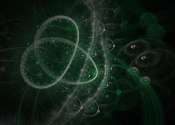Large Hadron Collider restarts after three-year break
The Large Hadron Collider restarted Friday after a three-year break for upgrades that will allow it to smash protons together at even greater speeds, in the hope of making new ground-breaking discoveries.









